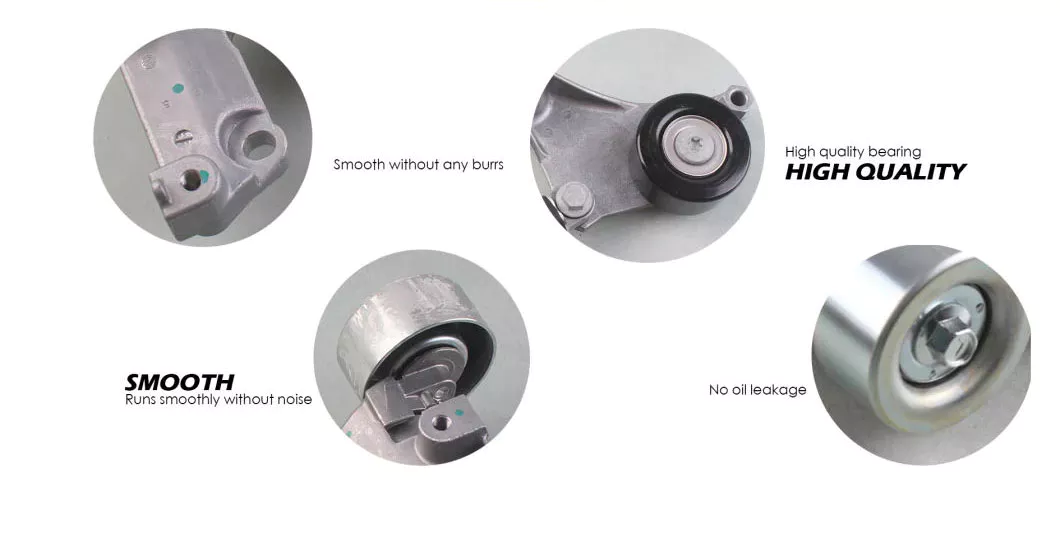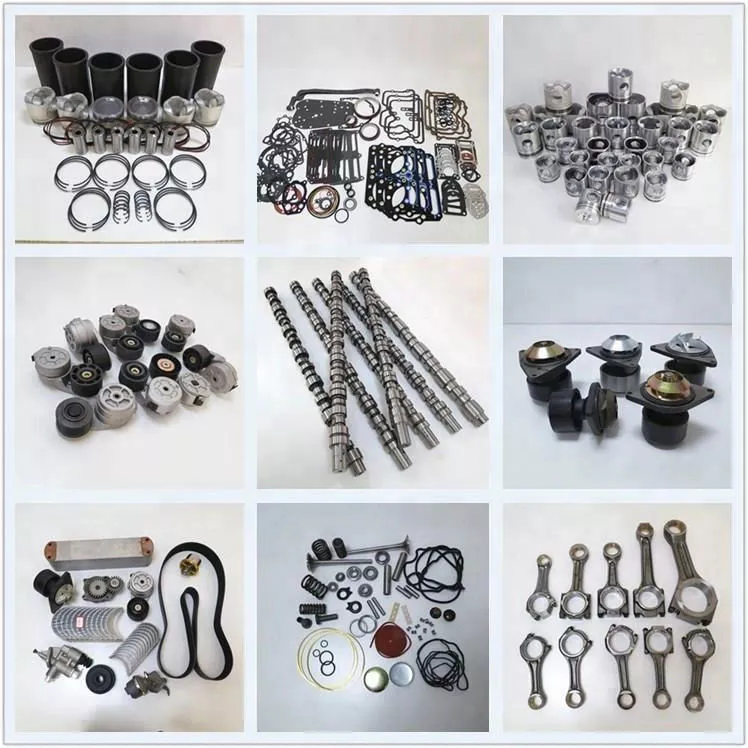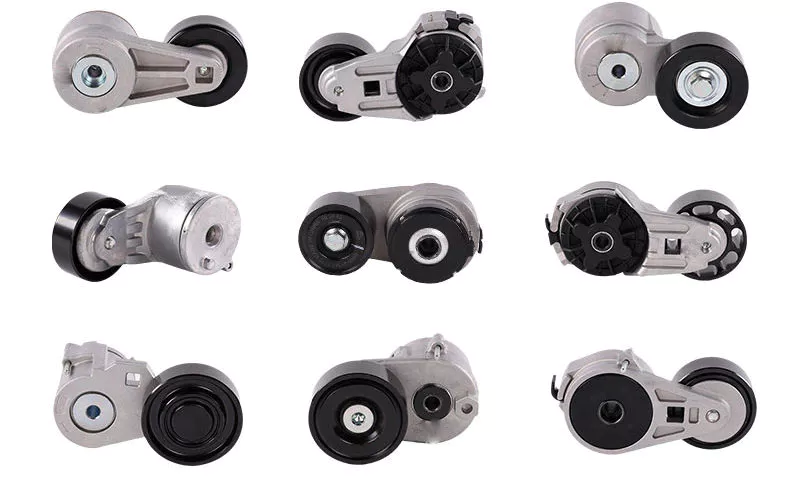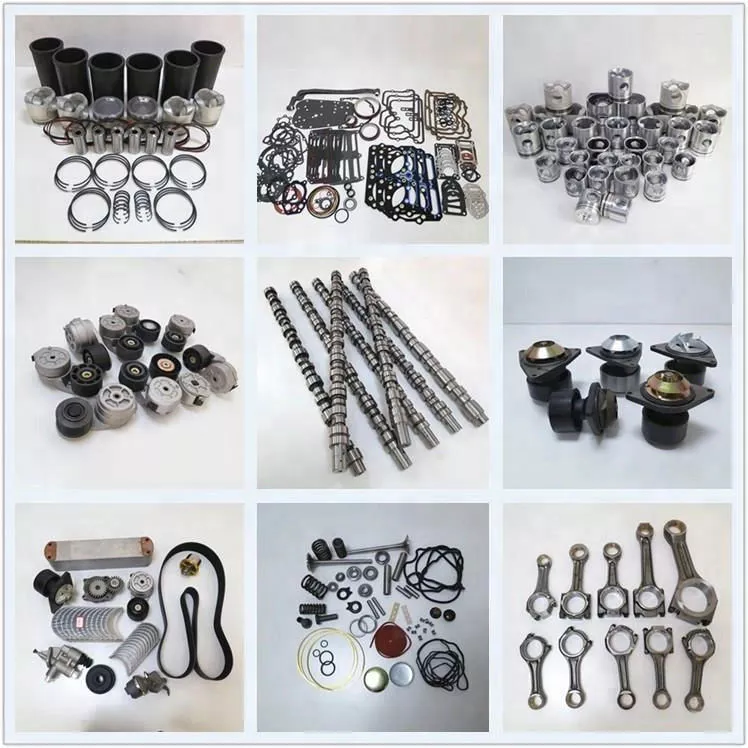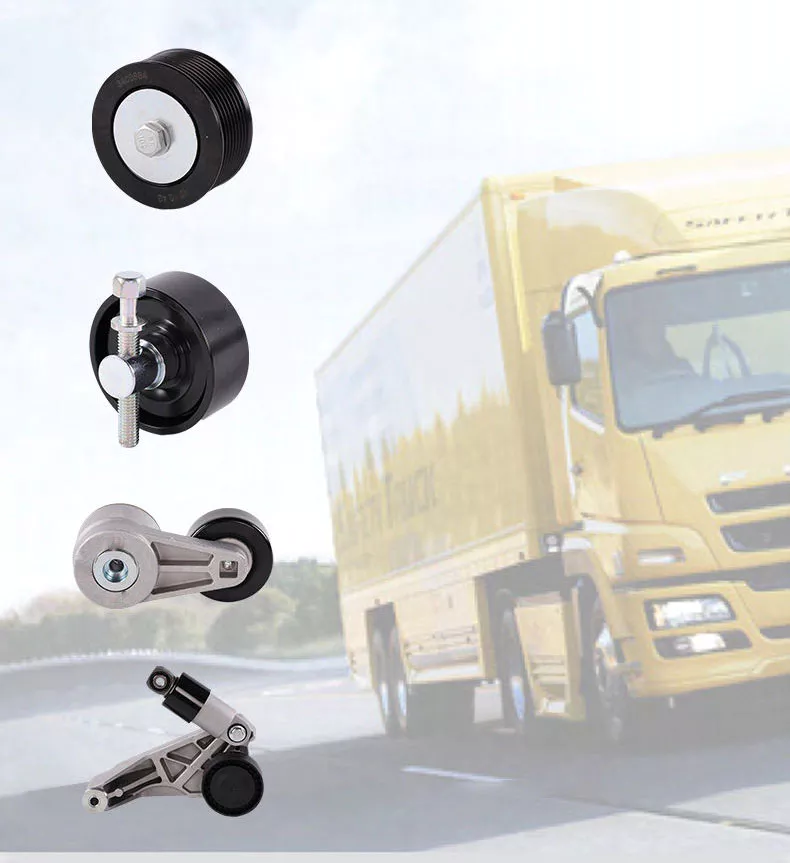Product Description
Product Description
TRUCK TENSIONER for CZPT ENGINE CZPT ENGINE CZPT MAN ENGINE CZPT ENGINE WP4 P10H
PART NUMBER:'61263 M61QB-815710 E21 M6 MS40D-1057150 W31 LMEMA-1057150 J63YF-1057150 G3RYA-1057150 FW5 SSF1 S51 G2HQP-1057160 J63YF-1057160 G5AYA-1057160 G5AYS-1057160 L52QA-1057160 186~/0 J4208-10571 MS40D-1057160 6112-150 J571A-1057160 D L3EL1-1057161 KA J62YS-1057150 D557155571 DD3936213 3937553 3937555 3976834 3914086 39229-0 8-97161198-1 A47
We can supply all kinds of CUMINS ENGINE XICHAI engine parts,MAN engine parts and CZPT WP7 WP4 WP10 WP12 P10H engine parts,such as liner kit,crankshaft,cylinder block,starter,alternator,flywheel,filters,cylinder head,gear pump,oil pump and so on.If you demand or are interested in our products,please contact with me for details.Look forward to your inquiry anytime.
Detailed Photos
Packaging & Shipping
1. Packaging details: carton and wooden box packaging,woven bag,brown box, or
according to customer requirements.
2. Delivery Period: 7-30 working days after
receiving 30% deposit byTT
3. Port: HangZhou Port,China.
4. Transport: By sea, by
air,DHL,FEDEX,UPS,TNT,
FAQ
1.Q:About the payment term.
A: We can accept TT,LC,PAYPAL,WESTERNUION,and so on
2.Q:About the Quality and price
A: We supply good quality products to all our customers,give the competitive price.
3.Q:About the warranty period
A:At least half year, some parts are even longer.
4. Q:How to make order ?
A:Customer can contact us online,or send email with detail inquiry list,then we can reply soon
5.Q:About the discount
A:If the quantity large,we will give resonalbe discount.And for long time cooperation customer,we can give credit support
What Is a V-Belt?
What is a v-belt? It is a rubber belt that is trapezium-shaped and has an elastomer core that holds the parts together. Its elastomer core is generally made of polyurethane and has good shock resistance and flexural strength. V-belts sometimes have 2 sections, 1 of which is a compression rubber and the other cushion rubber. They can be narrow or wide, depending on their use.
Classical V-belts replace leather belts
Classical V-belts are a popular choice among truck drivers because they are more durable. They are typically made of polymer or rubber, with fibers from other materials added for reinforcement. These belts are a good replacement for leather belts and offer many benefits. They are durable, offer excellent temperature and oil resistance, and are easy to use. If you're considering replacing your current belt, consider buying a replacement belt made of the same material.
Most classical V-belts are used individually and come in A and B sizes. They are rarely used in single-belt drives. Buying several A or B belts instead of 1 C belt can save money. The narrow V-belts also provide higher power ratings. This is due to their narrow profile, which places more of the reinforcing cord under the sheave. Narrow V-belts are ideal for heavy duty applications.
When you're replacing an existing V-belt, you'll need to measure its top width and circumference. Once you've determined these parameters, you'll be able to select the right replacement belt. Make sure to take measurements of the belt's dimensions and top width before ordering. Using these measurements will help you determine the best size for your new belt. You'll be able to tell whether you need a larger or smaller belt after measuring the top width and circumference.
If you're looking to replace your leather belt with a belt made of synthetic material, a Classical V-belt may be the right choice. Classical V-belts are available in many materials and are more durable than leather. And because they are so versatile, they are the perfect replacement for your current belts. You'll be glad you did. So, don't be afraid to experiment with this type of belt. They'll work well in any setting, including heavy equipment.
When buying a Classical V-belt, be sure to check the dimensions and type of belt you choose. These are available in notched or cogged designs. Notches are a great way to reduce bending stress. Notches also help dissipate heat from the belt, a major factor in premature belt failure. Notched V-belts are designed to balance a combination of flexibility and tensile cord support. They are spaced properly to minimize cracking and undercord damage.
Unlike leather belts, Classical V-belts are made of synthetic materials. They are easy to install, have a wide range of sizes, and come in light to heavy-duty varieties. The V-belt's trapezoidal shape helps it track in the grooves of pulleys and prevents it from slipping while in use. It also helps in reducing power loss, since it's easier to grip the pulleys than leather.
Narrow v-belts are more efficient
There are 5 basic types of V-belts. Their differences in cross-sectional size and power transmission make them superior to multiple single v-belts. The diagram below shows these types and how each differs from 1 another. The included angle of each belt is 40 degrees. The lower number indicates the more efficient version. Narrow V-belts are generally less expensive. Narrow v-belts are generally more efficient than wider belts.
There are several factors that influence a V-belt's efficiency. Although the efficiency is high when a new belt is installed, the efficiency can drop to the low nineties. However, these belts are relatively resilient, and even with lower efficiency can function properly. Even if the efficiency of a V-belt is lower than it could be, it will still function. In fact, the higher the efficiency, the more energy it will save.
The first is the type of pulley. A narrow V-belt is more flexible than its wider counterpart. The belt pitch diameter is 32deg or 38deg. In addition, the belt can be cogged for added flexibility. In this way, the belt will not touch the bottom of the groove, but will only contact the inclined flanks. Without this wedge effect, the belt's total friction force is higher. This means that it can transfer higher forces.
While a V-belt looks like a glorified rubber band, it has undergone tremendous technological development since it was first used in 1917. Synthetic rubber compounds and other cover materials have replaced rubber in the belt. New construction methods, tensile cord improvements, and cross-section profiles have resulted in a confusing variety of V-belts. Their differences, however, are based on the type of application for which they're used.
Another type of V-belt is the raw edge variety. This type of belt is commonly used in manufacturing facilities. This type of belt requires less energy to operate. The raw edge also resists hardening. This is important since unmatched flexibility results in a smooth belt. Also, notched V-belts reduce vibration by 80%. Further, angular misalignment increases the risk of premature failure of a V-belt.
These belts differ in their overall design. While conventional V-belts are more common, narrow V-belts are more efficient and versatile. They are made of different types of rubber and reinforcements, which combine to create a trapezium-shaped cross-section. They can handle fractional loads and even 500 horsepower. Furthermore, their durability is largely dependent on their ability to withstand poor operating conditions.
Double-sided v-belts have unique features. These belts are used in applications with multiple pulleys. They can be operated clockwise or counter-clockwise. They can also be used to drive around multiple reverse bends. Further, they are more efficient and quieter than their counterparts. Finally, double-sided v-belts have 2 compression cores. The tension cord runs through both sections.
Double cogged v-belts increase lateral rigidity to reduce belt whip
A double cogged v-belt is a hybrid of a traditional double versus a cogged vee-belt. These belts are useful for applications that require a large amount of flexibility without compromising durability. The double cogged design also allows the belt to follow a serpentine path. The varying dimensions of a double cogged v-belt depend on manufacturer standards.
A v-belt is measured by defining the centerline, the inside length of the v-belt, and the pitch line, which is the distance between the top and bottom sides of the trapezium. The width and height of a v-belt are defined by its cross-section. Each cross-section is given a different designation, including the width and height.
A standard V-belt is a v-belt with a fabric cover. It provides firmness in a smaller space and is less prone to belt whip when used in heavy-duty applications. Its slim profile and light gauge tensile cord make it suitable for many industrial applications. The standard length of a double cogged v-belt varies from 530 to 3,000 mm.
Single cogged v-belts are commonly used in manufacturing machines that operate in close proximity to 1 another. Single cogged v-belts increase lateral rigidity and reduce belt whip. They are also ideal for heavy-duty applications, such as in mining or quarrying. Double cogged v-belts also increase lateral rigidity to minimize belt whip.
The elastomer core of a v-belt is surrounded by tension cords. These tension cords are embedded into the rubber compound, creating a composite structure that provides a high degree of shock resistance and flexural strength. The tension cords are often made of steel, polyester, or aramid fibers. This material makes it much stronger and more durable.
A double cogged v-belt is a highly rigid option for applications where lateral rigidity is an important concern. The double cogged design also increases lateral rigidity to reduce belt whip and enhances power transmission efficiency. Double cogged v-belts also offer positive slip-proof engagement. These belts are also easier to maintain, require less maintenance, and require no lubrication.











